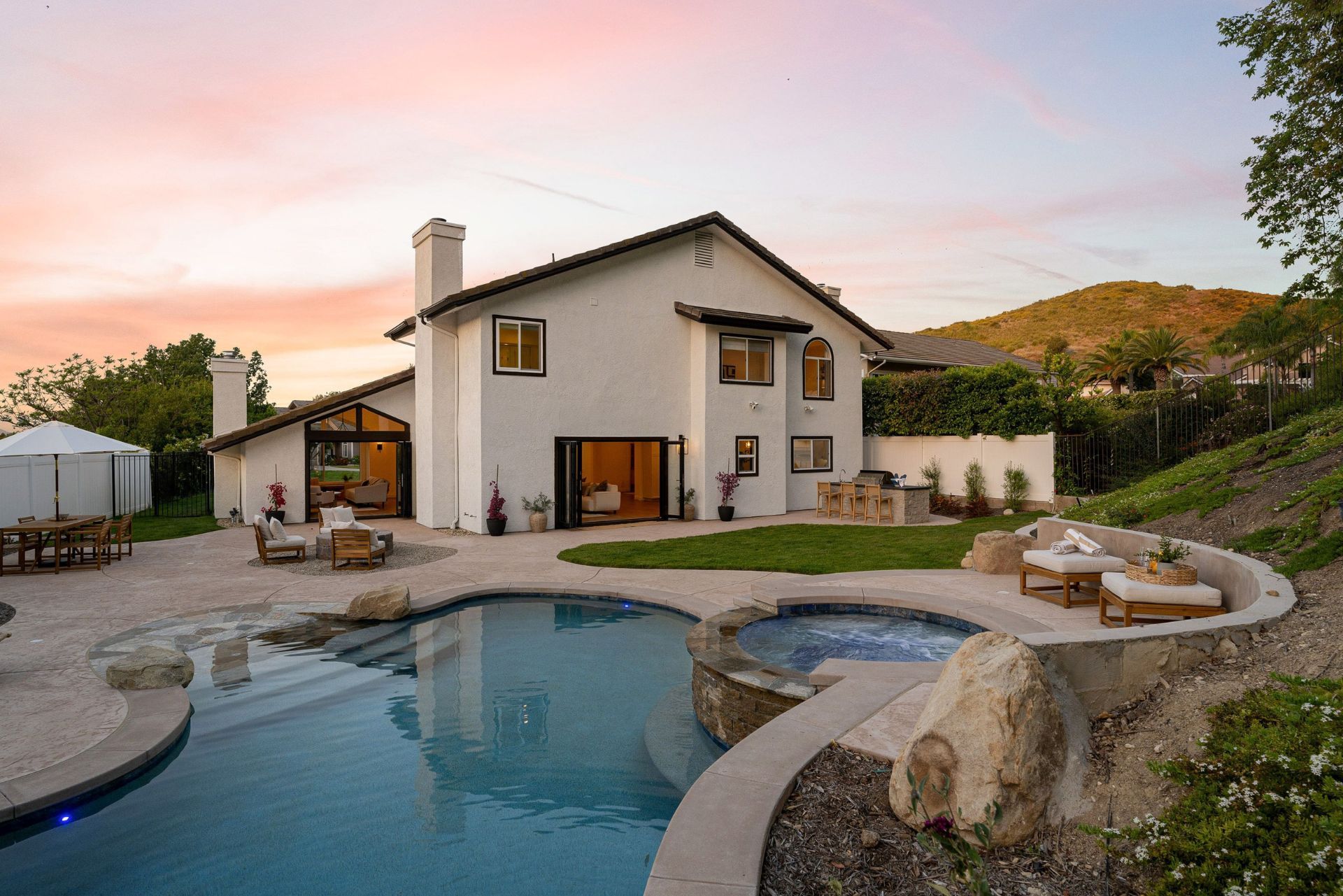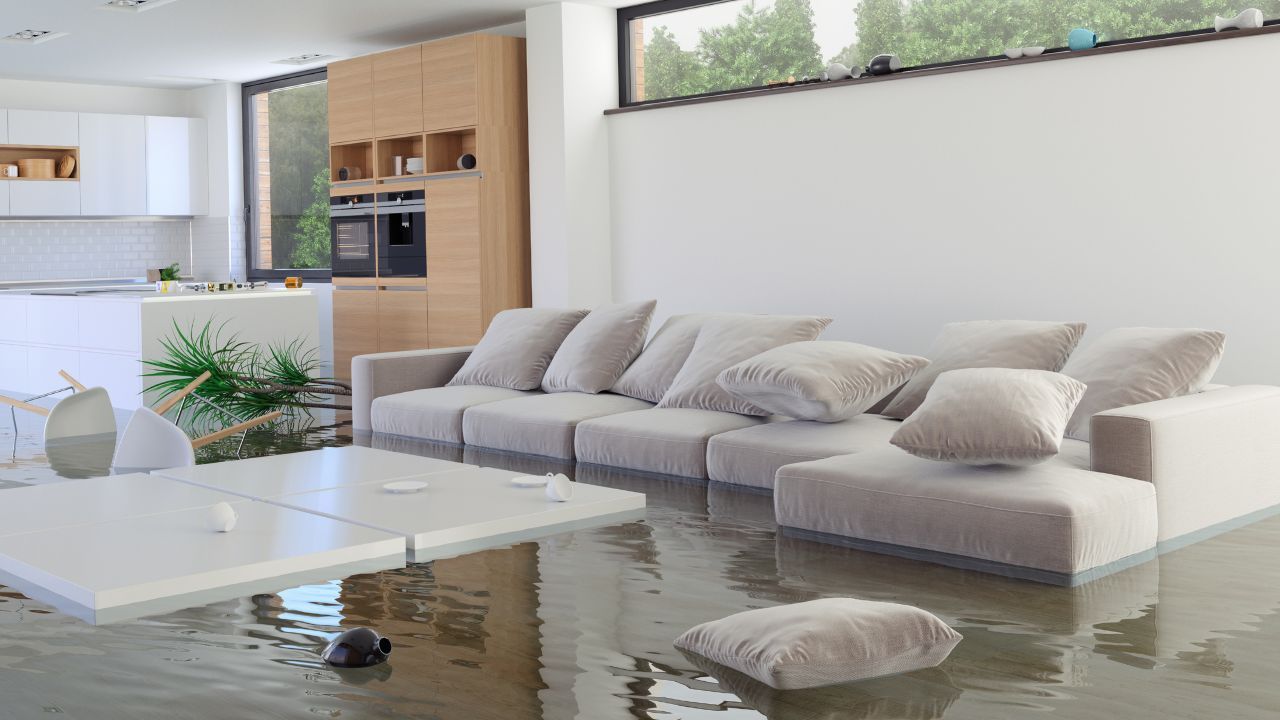Seneca, SC Home Insurance

9:00am - 5:00pm Mon-Fri
Will Reply in 15min*
Index
Current Trends in Home Insurance Premiums
How Severe Weather Impacts Insurance Costs in Seneca
Challenges with Insuring Older Homes in Seneca
Social Inflation and Its Effect on Home Insurance
Commercial Property Insurance Trends and What They Mean for Homeowners
Insurance Fraud and Its Impact on Premiums
Contact Us
Phone
864-626-6181
service@southerninsured.com
Location
5 Century Drive Suite 130 Greenville, SC 29607
810 Dutch Square Boulevard, Suite 123 Columbia, SC 29210
Homeowners in Seneca, South Carolina, face a dynamic landscape when it comes to home insurance. From rising premiums influenced by severe weather to the complexities of insuring older properties, understanding the factors that affect your insurance costs is crucial. This comprehensive guide delves into everything you need to know about home insurance in Seneca, helping you make informed decisions to protect your investment and your family.
Current Trends in Home Insurance Premiums
Home insurance premiums across the United States have been on the rise, and Seneca is no exception. According to a recent survey by NerdWallet, nearly half of U.S. homeowners experienced an increase in their insurance premiums over the past year, with an average hike of about 10%. This brings the typical annual premium to around $2,110, a figure that reflects broader market pressures rather than localized issues alone. Understanding these trends is essential for Seneca residents who want to anticipate changes in their insurance costs.
One of the main drivers behind these premium increases is the rising cost of repairs and rebuilding. As Holden Lewis, a home and mortgage expert with NerdWallet, explains, inflation plays a significant role: when the cost of materials and labor needed to fix homes after damage rises, insurance companies adjust premiums accordingly. This inflationary pressure, combined with other factors, means that homeowners should expect some level of premium growth in the near term.
Additionally, the increasing frequency and severity of natural disasters, such as hurricanes, wildfires, and floods, have prompted insurers to reassess their risk models. Areas that were once considered low-risk may now see higher premiums as the likelihood of catastrophic events rises. For Seneca residents, this could mean that even homes not directly affected by recent weather events may still face increased insurance costs due to the overall risk assessment changes in the region. Insurers are also adopting more stringent underwriting guidelines, which can affect eligibility and pricing for certain homeowners, particularly those in high-risk areas.
For more detailed insights on these trends, the NerdWallet survey on insurance premium hikes provides a thorough breakdown of how widespread these increases are and what homeowners can expect moving forward. Furthermore, homeowners are encouraged to review their policies regularly and shop around for competitive rates, as many insurers are adjusting their offerings in response to these market dynamics. Being proactive can help mitigate the impact of rising premiums and ensure that homeowners are adequately protected without overpaying for coverage.
How Severe Weather Impacts Insurance Costs in Seneca
Seneca’s geographic location makes it susceptible to various severe weather events, including storms and heavy rainfall. These natural events have a direct impact on home insurance premiums. A significant portion of premium increases—about one-third according to the same NerdWallet survey—are attributed to severe weather. This highlights the growing influence of climate-related risks on insurance costs.
Insurance companies are adjusting their models to account for the frequency and intensity of storms. As storms become more frequent and damaging, insurers face higher claim payouts, which in turn leads to higher premiums for homeowners. This trend is not unique to Seneca but is part of a nationwide pattern that reflects the increasing unpredictability of weather.
Homeowners in Seneca should consider this factor when shopping for insurance or renewing policies. Taking proactive measures such as reinforcing your home against storm damage or investing in flood mitigation can sometimes help reduce premiums or at least limit out-of-pocket expenses after a claim. For more context on how severe weather affects insurance, see the NerdWallet study on weather-related premium increases.
Moreover, the impact of severe weather on insurance costs extends beyond just homeowners. Businesses in Seneca also face rising premiums as they grapple with the financial implications of storm damage and business interruption. Many local enterprises are now seeking comprehensive coverage that includes protection against natural disasters, which can further strain their budgets. This shift in focus highlights the broader economic implications of climate change, as businesses must adapt to an environment where severe weather is becoming the norm rather than the exception.
In response to these challenges, some insurance providers are beginning to offer incentives for policyholders who implement risk-reduction strategies. For instance, homeowners who install storm shutters or elevate their properties may qualify for discounts on their premiums. This not only encourages individuals to take action in safeguarding their homes but also fosters a community-wide resilience against the increasing threats posed by severe weather. As Seneca continues to navigate these changes, staying informed about insurance options and potential savings can empower residents to make better financial decisions in the face of climate uncertainty.

Challenges with Insuring Older Homes in Seneca
Many homes in Seneca are older properties with unique insurance challenges. One key issue is insurance undervaluation. When an older home suffers damage, rebuilding costs can be significantly higher than what the original replacement cost value might suggest, especially since rebuilding must comply with current building codes and regulations. This discrepancy can lead to higher claim costs than anticipated, which insurers factor into their pricing models.
Seneca homeowners with older properties should be aware that their insurance premiums might reflect these complexities. It’s important to ensure that your home’s insurance policy accurately reflects the cost to rebuild to modern standards, not just the market value or original construction costs. Consulting with insurance professionals who understand local building codes and market conditions can help you avoid underinsurance.
In addition to undervaluation, older homes often come with unique architectural features and materials that may not be easily replicated. For instance, a historic home might have custom woodwork, vintage tiles, or unique roofing materials that are no longer in production. These elements not only add to the charm and character of the home but can also complicate the insurance process. Homeowners may need to seek specialized contractors who are skilled in restoring or replicating these features, which can further increase costs and complicate the claims process.
For a deeper dive into these valuation challenges,
Seneca Insurance’s report on habitational property insurance offers valuable insights into the nuances of insuring older homes and how this impacts premiums. Additionally, understanding the local climate and its potential impact on older structures is crucial. For example, homes in Seneca may face risks from severe weather events, which can exacerbate the wear and tear on older buildings. This means that homeowners must not only consider the age of their property but also its resilience against environmental factors when assessing their insurance needs.
Another factor contributing to rising home insurance premiums is social inflation. This term refers to the increase in insurance costs driven by factors such as third-party litigation funding and aggressive attorney advertising. These elements can lead to more claims and higher payouts, which insurers must account for when setting premiums.
Social inflation is a growing concern across the insurance industry, affecting both personal and commercial lines. For homeowners in Seneca, this means that even claims that might have been settled quickly in the past could now result in prolonged legal battles and increased costs. These trends add upward pressure on premiums and can also impact the availability of coverage in some cases.
To understand how social inflation continues to shape the insurance market, Seneca Insurance’s industry report provides a detailed examination of this phenomenon and its implications for homeowners.
Moreover, the rise of social inflation is not merely a financial concern; it reflects broader societal changes. As public attitudes towards liability and accountability evolve, there is an increasing expectation for insurance companies to cover a wider range of claims. This shift can be attributed to a growing belief that individuals and corporations should be held accountable for their actions, leading to more claims being filed. In turn, this cultural shift has prompted insurers to reassess their risk models and adjust their pricing strategies accordingly, which can further exacerbate the financial burden on homeowners.
Additionally, the impact of social inflation is compounded by the rapid advancements in technology and communication. The internet has made it easier for consumers to share their experiences and grievances, which can lead to a surge in claims as individuals feel empowered to seek compensation. Social media platforms amplify these narratives, creating a ripple effect that can influence public perception and drive the demand for higher payouts. As a result, insurers find themselves navigating an increasingly complex landscape where the interplay between societal expectations and financial realities shapes their operations and pricing structures.
Commercial Property Insurance Trends and What They Mean for Homeowners
While this article focuses on home insurance, it’s worth noting that trends in commercial property insurance often mirror those in the residential market. The Council of Insurance Agents & Brokers (CIAB) recently reported that commercial property insurance rates increased by an average of 7.9% in the third quarter of 2024, a slight decrease from previous quarters but still indicative of a market that is stabilizing after years of sharp increases.
This trend toward stabilization is encouraging for homeowners, as it suggests that the extreme premium hikes seen in recent years may be leveling off. However, the underlying factors driving these increases—such as inflation, weather-related claims, and social inflation—remain in place, meaning that premiums may not decrease significantly anytime soon.
Homeowners interested in the broader insurance market trends can find more information in the CIAB report on commercial property insurance rates, which offers perspective on how these shifts could eventually influence residential insurance pricing. Additionally, the report highlights how businesses are adapting to these changes by reassessing their risk management strategies, which may also provide insights for homeowners looking to mitigate their own insurance costs.
Moreover, as commercial property owners increasingly turn to advanced technologies and data analytics to assess risks, homeowners can benefit from similar innovations. For instance, the use of predictive modeling can help identify potential hazards in a neighborhood, allowing homeowners to take proactive measures to protect their properties. This shift towards data-driven decision-making is not just limited to commercial entities; it is becoming more accessible for residential insurance as well, with many insurers now offering personalized policies based on individual risk assessments.
Insurance Fraud and Its Impact on Premiums
Insurance fraud is another hidden driver of rising home insurance premiums. The Coalition Against Insurance Fraud estimates that insurance fraud costs the United States $308 billion annually, with property and casualty fraud accounting for nearly $90 billion of that total. Fraudulent claims increase the overall cost burden on insurers, which is then passed on to honest policyholders through higher premiums.
For homeowners in Seneca, understanding the impact of fraud is important because it underscores the need for vigilance when filing claims and working with insurance providers. Insurers are increasingly investing in fraud detection technologies and stricter claim verification processes to combat this issue, but the financial impact remains significant. In addition to the monetary costs, insurance fraud can lead to a loss of trust between consumers and insurance companies, complicating the claims process for those who genuinely need assistance. As fraudulent activities become more sophisticated, insurers are challenged to stay ahead of the curve, often requiring them to allocate more resources to fraud prevention rather than customer service.
More details about the rise of insurance fraud and its consequences can be found in the
Coalition Against Insurance Fraud’s report, which highlights the scale of the problem and ongoing efforts to address it. The report also sheds light on various types of fraud, such as inflated claims, staged accidents, and even arson, which contribute to the overall increase in premiums. As awareness grows, community initiatives aimed at educating homeowners about the signs of fraud and how to report suspicious activities are becoming more prevalent, fostering a proactive approach to safeguarding both individual policies and the insurance market as a whole.
Tips for Seneca Homeowners to Manage Insurance Costs
Given the complexities of the current home insurance environment, Sunset homeowners should adopt a strategic approach to securing coverage:
- Shop Around: Compare quotes from multiple insurers to find the best coverage and rates.
- Understand Your Policy: Read the fine print carefully to know what is covered, excluded, and any conditions that could affect claims.
- Consider Risk Mitigation: Implement home improvements such as storm shutters, reinforced roofing, or updated electrical systems to reduce risk and potentially lower premiums.
- Maintain Good Communication: Keep your insurer informed about any changes to your property and promptly address any concerns to avoid cancellations.
- Explore Additional Coverage: Depending on your risk profile, consider endorsements or separate policies for flood, earthquake, or other hazards not covered by standard policies.
By staying proactive and informed, Sunset homeowners can better navigate the challenges of the current insurance market and safeguard their homes effectively. Additionally, it’s essential to stay updated on local regulations and changes in the insurance landscape that may impact coverage options. For instance, recent shifts in climate patterns have led some insurers to adjust their policies and pricing structures, particularly in areas prone to natural disasters. Homeowners should regularly review their insurance needs and adjust their coverage accordingly to ensure they are not underinsured in the face of evolving risks.
Moreover, engaging with local community groups or online forums can provide valuable insights into the experiences of other homeowners in Sunset. These platforms often share tips on which insurers offer the best customer service, claims processes, and overall satisfaction. Networking with neighbors can also reveal common concerns or challenges faced in the area, enabling homeowners to advocate for better insurance options collectively. By fostering a sense of community awareness and support, Sunset residents can enhance their understanding of the insurance market and make more informed decisions regarding their home coverage.

Conclusion: Navigating Home Insurance in Seneca
Home insurance in Seneca, SC, is influenced by a variety of factors, from rising costs due to inflation and severe weather to challenges posed by social inflation and insurance fraud. While premium increases have been significant nationwide, recent trends suggest a potential stabilization in the market, offering some relief to homeowners.
Understanding these dynamics—and how they specifically apply to your property—can empower you to make smarter insurance choices. Whether you own an older home or a newer build, staying informed about market trends and taking steps to mitigate risks will help ensure you have the right coverage at a fair price.
For those looking to dive deeper into the state of the insurance market and how it affects homeowners,
Seneca Insurance’s comprehensive market report is an excellent resource that covers many of these issues in detail.








Social Inflation and Its Effect on Home Insurance